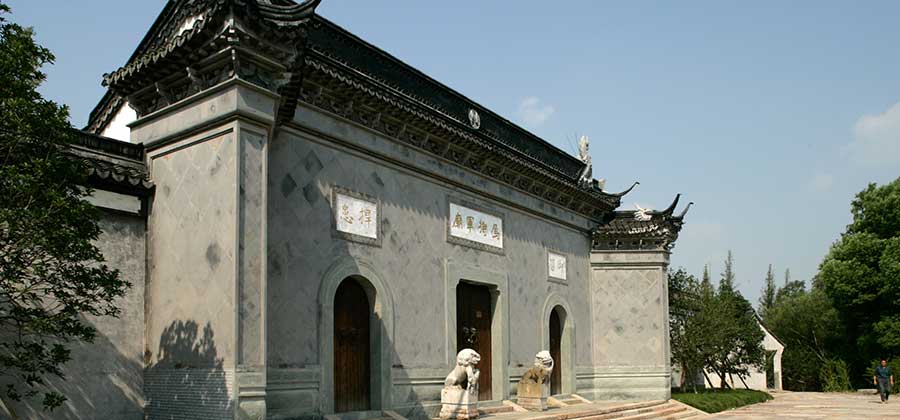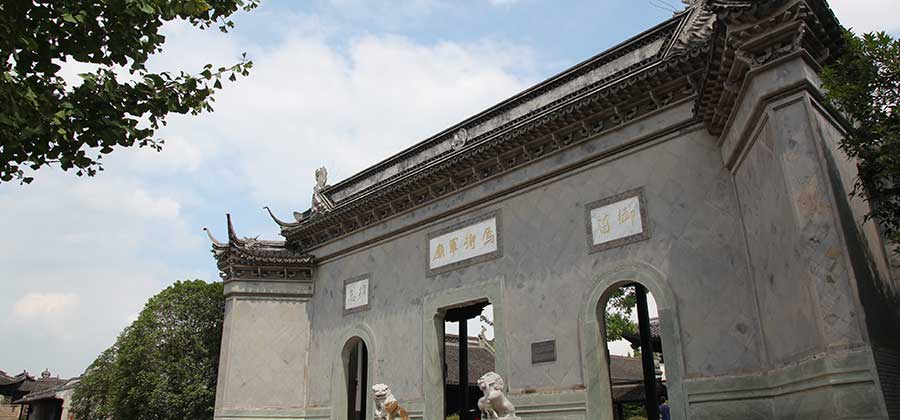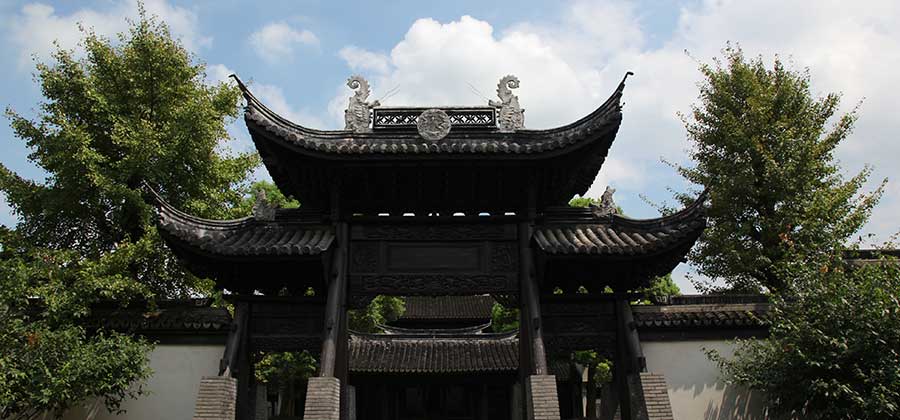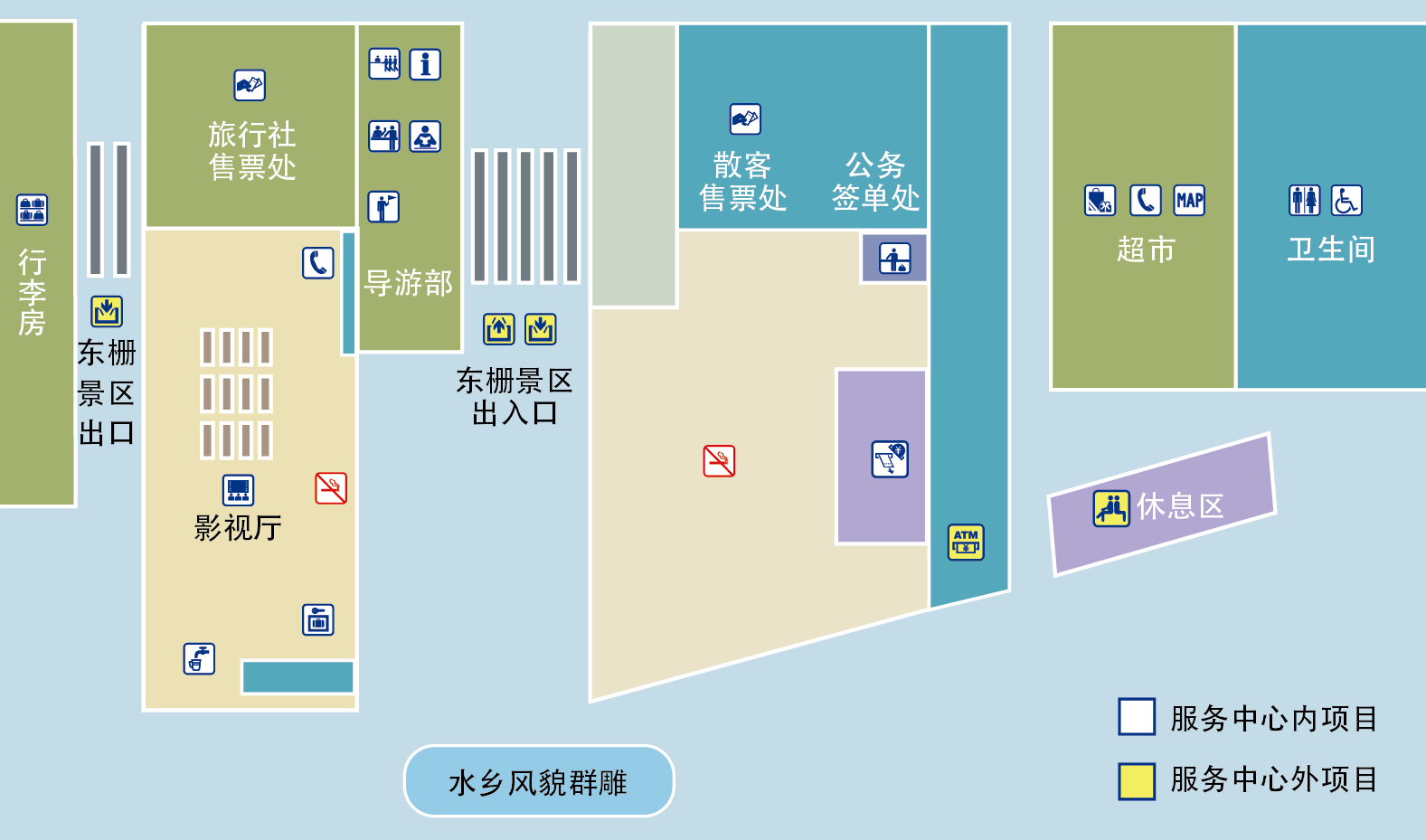

General Wu and ancient Ginkgo

As early as the Yuanhe era of Tang Xianzong, there was a brave general in Wuzhen, surnamed Wu and named Zan, also known as General Wu. After the An Shi Rebellion in the Tang Dynasty, local officials were arrogant and became kings one after another. At that time, Li Qi, the governor of Zhejiang, also took the opportunity to raise troops and rebel, causing chaos and chaos in this area, making it difficult for the people to make a living. Tang Xianzong ordered General Uzan and Deputy General Wu Qi to lead troops to fight against them. Owing to his excellent martial arts skills and bravery in battle, the rebels gradually retreated. General Wu took advantage of the victory and pursued the enemy, causing the rebels to flee. When the officials and soldiers chased after him to the bank of the Chexi River in the east of Wuzhen Town, Li Qi hung a war-free sign. General Wu also camped in place, and was ready to fight again. Unexpectedly, late that night, the rebels attacked the camp. General Wu hastily fought, and Li Qi retreated back to the Chexi River and quickly escaped from a stone bridge. When General Wu crossed the bridge, General Wu and his green dragon foal were shot dead by a burst of arrows. Originally, Li Qi set a trap under the bridge pier and assassinated General Wu. Wu Qi rushed over and killed the rebels. General Wu was buried in the west of Chexi River in Wuzhen, and a monument was erected for him. Shortly after, a ginkgo tree grew in front of the tomb, and the local people also said that the name of Wuzhen was named after General Wu.

General Uzan is regarded as the "protector" of peace in Wuzhen by Wuzhen people for protecting local public order. In the old days, it was the land shrine in Wuzhen. In front of the temple of General Uzan, you can see the four characters "御 菑" and "捍患", which means " Resist disaster, safeguard peace", which is enough to prove the position of General Uzan in the heart of ordinary people.

The earliest temple of General Wu Temple was destroyed during the Xianfeng period of the Qing Dynasty and rebuilt during the Tongzhi period. The General Temple we see now covers an area of 3,600 square meters, divided into front and rear halls, with ear rooms and side halls on both sides, and a garden rockery. The two stone lions in front of the temple gate were preserved by the Ming Dynasty; In the center of the main hall, the well-known General Wu is enshrined, while on both sides are the General's deputy general Wu Qi and a scholar.
Entering the second entrance, we can see a pond, which the local people call the "release pond". In fact, it is common to have a release pool in temples, but what needs to be said here is that the local people do worship General Wu as a deity and hope that their good deeds and virtues can make General Wu Zan aware. Therefore, the incense here is also very thriving. Next, let's take a look at the second hall. This statue of General Uzan is finely carved from black copper. He wears armor with shining eyes, resembling the heroic spirit of killing enemies on the battlefield.
Keyword: General Wu, Ancient Ginkgo Biloba

